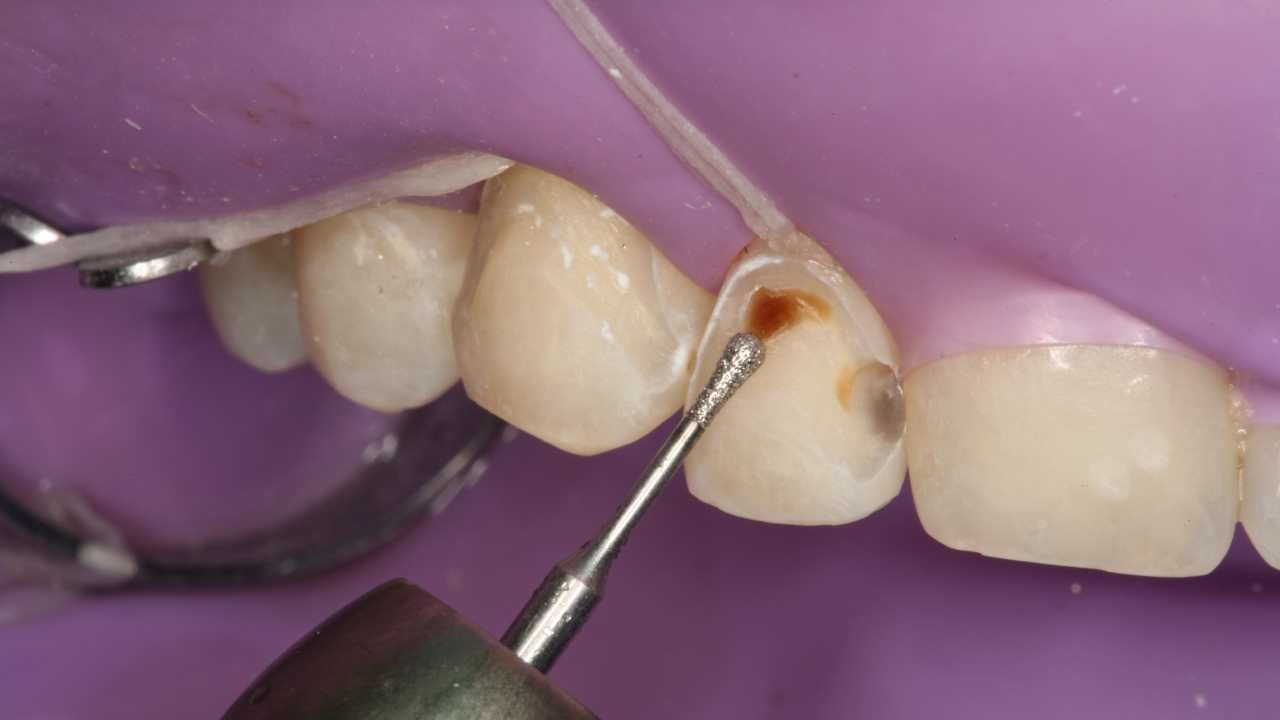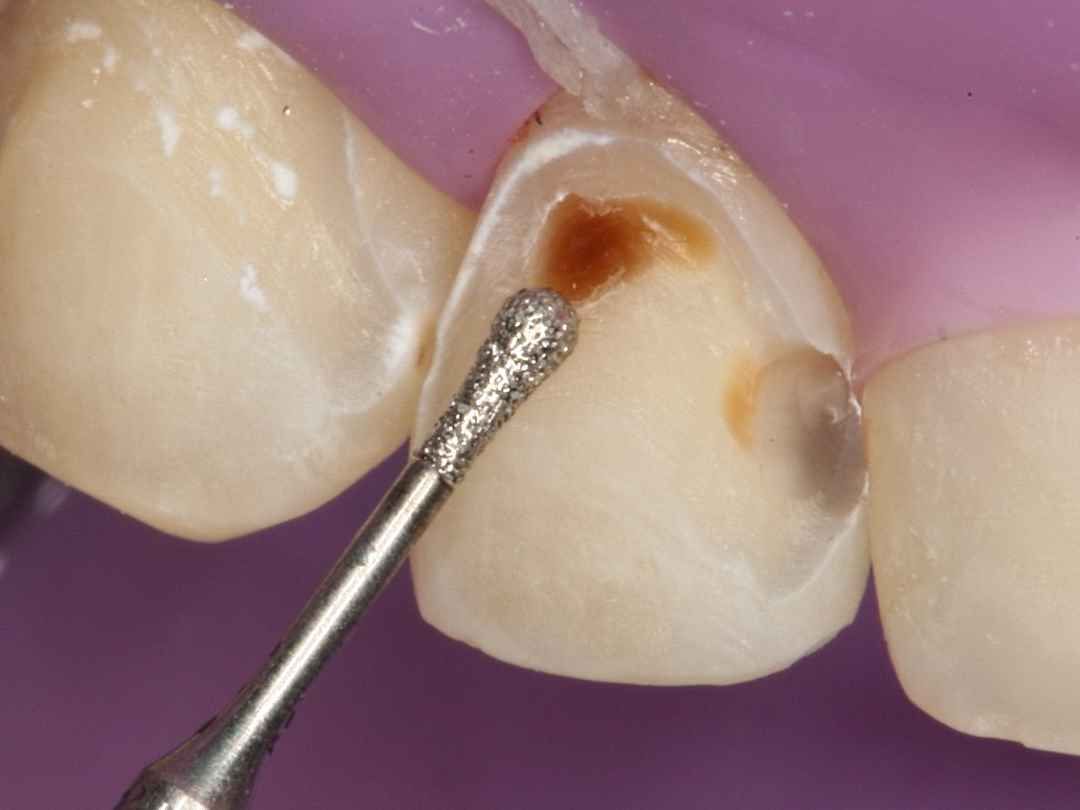
I believe that this may be one of the most controversial topics in restorative dentistry – what is appropriate isolation when doing our dentistry? In the United States, though we are all trained on how to use a rubber dam during dental school, few of us continue to use the rubber dam for our restorative treatment once we begin our dental practices. However, in many Western European nations and other parts of the world, it is almost considered mistreatment, if not downright malpractice, to perform adhesive dentistry without the use of a rubber dam. So, who is right, and who is wrong? Are dentists that practice without the use of rubber dam practicing sloppy dentistry? Are dentists that insist on using the rubber dam for all restorative treatment over complicating things? Can adhesive dentistry be properly completed using other forms of isolation? These are questions that are difficult to answer from research alone. There is strong evidence that utilizing a properly positioned and fitted rubber dam is effective in maximizing bond strength in adhesive dentistry, but is it always necessary? And clinically, is it always relevant? Here’s the thing about research, the bottom line has to be, is the treatment protocol clinically relevant – that is, does it matter in the long run, in our patients’ mouths? And the second question that I consider, as a clinical dentist that runs a private practice, can I keep my patient comfortable with whatever technique that I use?

I personally like using the rubber dam for restorative dentistry, especially for posterior adhesive procedures, such as direct composites or cementing porcelain onlays. There are times when I find the rubber dam invaluable in keeping the restorative field isolated. I was doing a couple posterior composites the other day and during the procedure I looked at my assistant and said, “the rubber dam sure can make doing dentistry so much easier sometimes”, to which she agreed. However, we should all agree that there are some patients that just don’t do well with a rubber dam. Look, I had a patient in the chair recently that as soon as I put in a bite block, she started gagging and almost threw up all over the dental operatory. This was just a small foam bite bock. Cotton rolls almost bring tears to her eyes, so trust me, this is not a patient that I’m going to use a rubber dam. So, we all have these types of patients – very difficult management patients and placing isolating devices – rubber dam, Isolite, retractors – can make things even more difficult in treating the patients.
Also, in my practice, one of the procedures I do quite commonly is direct resin veneering of anterior teeth. In my practice, it takes me about 30 – 45 minutes per tooth to prep (if necessary) and place the composites, opaquers and tints. In a normal case, I’ll be veneering between 6-10 teeth. And while I’m doing the composite veneer case, I’m also doing hygiene checks on our patients and sneaking in to see other patients for postoperative treatment appoints or other needs. With these large bonding cases, I’d need to have the patient in a rubber dam for around 6 hours! Quite honestly, I don’t think that is fair to the patient if I can isolate appropriately with other means of retracting (Optragate - Ivoclar), cotton rolls, retraction cords. I can treat two teeth at a time, then remove the isolation, go check in on other patients, and give my veneer patient a rest. Maybe not as efficient as placing a rubber dam and working non-stop till I’m finished, but there are certain realities for me with practicing in a restorativ
Go to our discussion page and leave a commente practice. So while I don’t typically use rubber dam technique for my veneer cases, I appreciate those dentists that do use them
I have just found that for me, with my practice, I can typically, but not always, isolate anterior teeth without the use of the rubber dam and create beautiful restorations that maintain well long term
So what about you? Are you a rubber dam user or a rubber dam hater? Go to our discussion page and leave a comment. I’d love to hear back from you either way, so let us know.Yours for better dental health,



